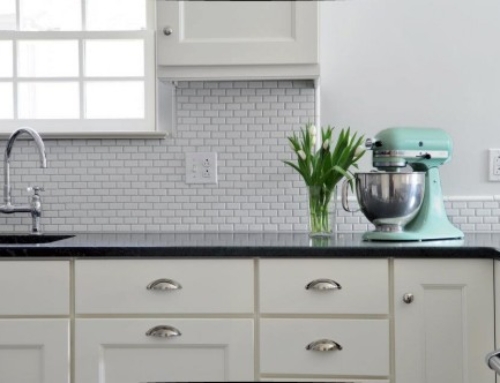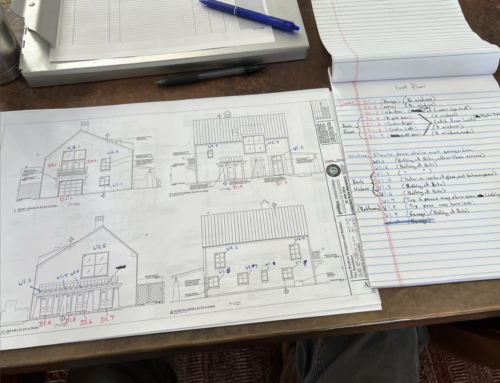Older Buildings, Asbestos Hazards, and You

We are currently renovating a mixed-use property in Philadelphia, where local plan reviewers recently required us to conduct an asbestos inspection before they would issue a building permit — a local requirement for properties such as this that undergo renovations valued at more than $50,000. In the past, the city and many outlying districts of Philadelphia were not very strict about enforcing these regulations, but recent disastrous building collapses, explosions, and other code-enforcement problems have forced the city to buckle down on the application of all such codes.
Typically, we find asbestos in older and even mid-century homes around old ducting, hot water and heating pipes, and old boilers. Many old heater rooms are lined with asbestos sheeting that looks like tile backer board, and it can also be found in older vinyl floor tiles, drywall, compounds, and siding and roofing materials, too. Many of these asbestos-containing substances were banned by the EPA starting in the 1970s due to the significant health risks they pose. However, if any of these materials are or were on your house prior to that time, and some “handy” person pulled them off improperly, asbestos may now be in your soil, air, and inside your house in the form of dust.
The property in this case had an old boiler that was removed by the previous owner, most likely illegally, with the asbestos rubble left in the dirt of the basement floor and in the flue leading to the chimney. Here is a rundown of the asbestos pre-test, abatement, and post-test work we conduct in cases like this to ensure our clients’ safety:
Materials testing— Certified teams first conduct a visual inspection of the whole buidling. Then, they take multiple material samples — often up to five samples of each type of building material on each floor — and draw a site map that denotes where all samples were taken. These samples are sent back to a lab to confirm the presence of asbestos.
Abatement — The testing crew arrives a day before the abatement to conduct a preliminary air test to establish a baseline. On abatement day, the air-testing crew shows up again prior to any site work and sets up multiple air monitors. This team stays on site during the whole process, as their job is to monitor the air before, during, and after. The abatement team arrives equipped with many rolls of plastic sheeting and many cans of tack spray to set up the main containment area with plastic walls and a ceiling, and seal off the entire area. They next install a fan that will remove dust safely while they extract the asbestos debris. Outside the containment area, the team creates a three-stage exit: In the first, workers take off their shoes; in the second, they take a full shower; and in the third, they prepare to leave the building to ensure that the unsafe materials aren’t tracked into other areas. The air-testing team then rechecks the air quality 2-3 hours after the abatement is complete.
As you can see, this work is not to be taken lightly. If it’s done wrong, the entire test and abatement cycle must be rerun. When done correctly, the building receives a “clean bill of health” and can be renovated or resold in future without a hitch (assuming it contains no other hazards, such as lead, radon, or mold).
If you are considering purchasing an older home, we urge you to have it tested for asbestos. While the price of testing can vary depending on the house size, age, materials, and a whole host of other factors, you can expect to spend at least $500 for a visual inspection to upwards of $2,500 for a more involved inspection on the average 1,500 square foot home. Be sure to include a clause in your purchase agreement that makes it the seller’s obligation to deliver the property in a hazard-free condition, as both the health risks and the cost to remediate are quite high. And keep in mind that, as the example provided above illustrates, just because the asbestos-containing article has been removed doesn’t mean the dangerous dust has been contained and removed with it. If that isn’t done, those hazards become the new owner’s very expensive problem to correct.
Learn more at the EPA website.






